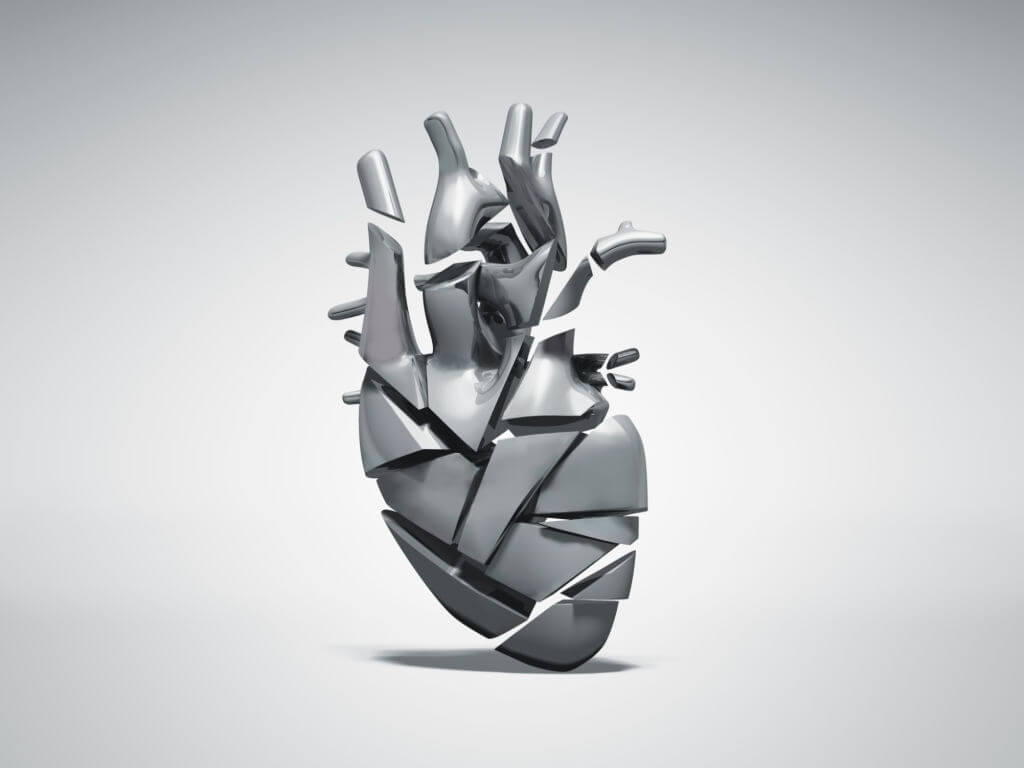Researchers Study A New Reason For Vascular Damage
Nikki Attkisson | Last Updated : November 18, 2021Along with many type-2 diabetes complications, the progression of cardiovascular diseases and their poor outcomes, especially heart attacks, are concerning experts.
A study was published recently in the journal Diabetes. It suggests that a specific molecule’s lack of red blood cells may be the cause of vascular complications in patients with type-2 diabetes.
Researchers Study A New Reason For Vascular Damage
Researchers in recent years have shown that several changes are made in these specialized cells and can transform into dysfunctional in diabetes type-2 patients.

Oxygen is being carried by the red blood cells from the lungs to the body. These cells also carry carbon dioxide again to the lungs. Red blood cells have another crucial and lesser-known role; they influence homeostasis or maintaining cardiovascular equilibrium. Partly this is received from nitric oxide’s production.
To broaden blood vessels, our bodies use nitric oxide. In the study, researchers note that in people with type two diabetes, red blood cells have a low ability to produce nitric oxide. This can tighten coronary arteries.
Red blood cells release adenosine triphosphate and type 2 diabetes affects its release. It is the main molecule of transferring and storing energy in the body.
In people with diabetes, red blood cells have a high and increased reactive oxygen species formation. These molecules’ presence can cause more formation of plaque on the arteries’ inner walls. This health condition is called atherosclerosis.
Researchers of Sweden’s Karolinska Institute, for this new study, investigated the changes in certain molecules that can tell us about the dysfunction in red blood cells. The researchers enlisted 36 patients with type-2 diabetes. They had normal glucose levels and did not take medications and did not have any history of cardiovascular disease.
The scientists found that in people with type 2 diabetes, red blood cells carried far less microRNA-210 compared to healthy participants. These molecules are present naturally and regular cellular activities like vascular activity.
The research showed that the decrease in microRNA-210 led to changes in certain levels of vascular proteins. These changes contributed to endothelial dysfunction development. A thin membrane is known as endothelium lines heart vessels and the heart.
The scientists also found that atherosclerotic plaques derived from their subjects suffering from type-2 diabetes had reduced microRNA-210 levels compared to healthy participants.
Additionally, medications that control glycemic control were seen to have no significant improvement on people with type-2 diabetes and their red blood cells.
Indiana University School of Medicine’s medical director and clinical medicine’s assistant professor, Dr. Swapnil Khare briefed on what she thought about this study to Medical News Today. Dr. Khare was not involved in the study.
Dr. Khare explained that in a part of this study, they showed that if we substitute microRNA, it is possible to improve endothelial dysfunction. She added that the findings of the study were not surprising, but definitely exciting to her.
The direct relationship between red blood cells and microRNAs is yet to be completely understood. The scientists of the study acknowledge that for clearing the pathways of signals between the biostructures, further research is required.
The first author of the study and Karolinska Institute’s researcher, Dr. Zhichao Zhou, in an interview with Medical News Today, said that in general, microRNAs are quite stable. It is observed in this study that microRNA-210 levels of red blood cells are reduced in people with type-2 diabetes. This study may have concluded that microRNA-210 might become a biomarker to predict vascular problems.
In this study paper’s conclusion, the authors write that increasing the number of red blood cells can have a positive impact on endothelial dysfunction treatment and has the potential to help experts prevent vascular disease in people with type-2 diabetes.
With over 15 years as a practicing journalist, Nikki Attkisson found herself at Powdersville Post now after working at several other publications. She is an award-winning journalist with an entrepreneurial spirit and worked as a journalist covering technology, innovation, environmental issues, politics, health etc. Nikki Attkisson has also worked on product development, content strategy, and editorial management for numerous media companies. She began her career at local news stations and worked as a reporter in national newspapers.
